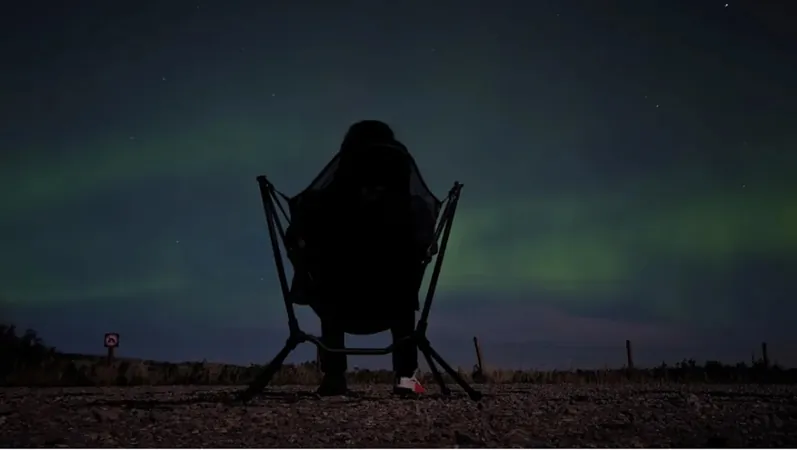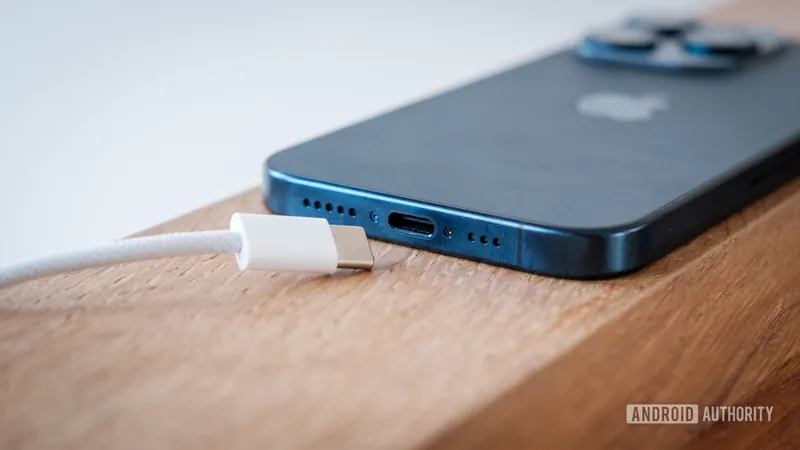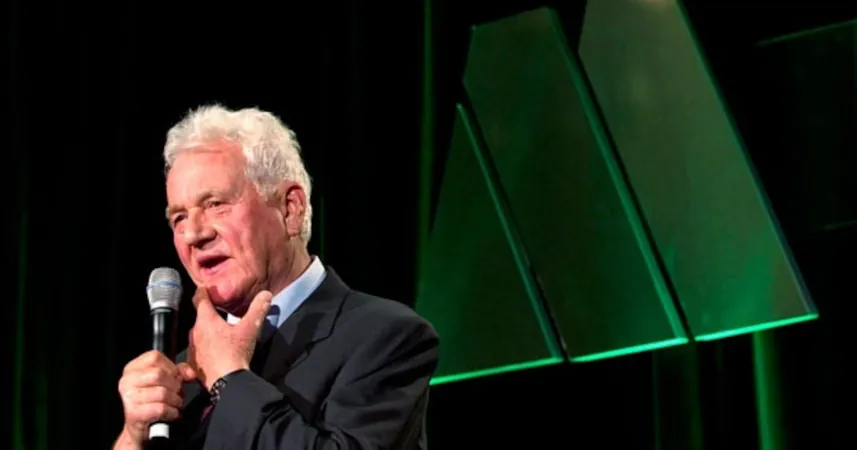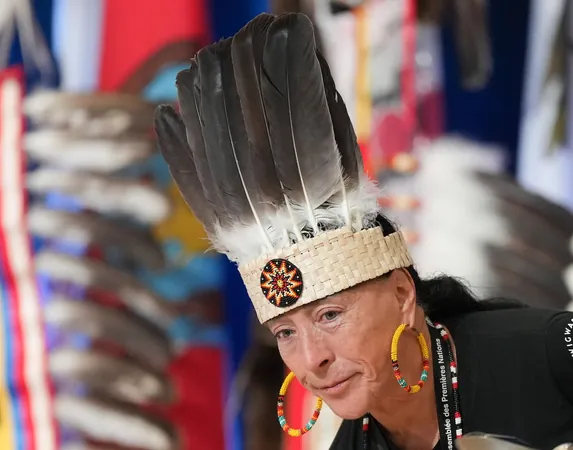
Unlocking Eternal Youth: How Astronaut Research Reveals Secrets to Agelessness
2024-09-25
Space Travel’s Impact on Aging
Space travel is an incredible adventure, but it comes at a price—our bodies undergo significant changes that can lead to accelerated aging. So, what strategies can we adopt to combat these effects both in the cosmos and on Earth? A groundbreaking study involving astronauts has shed light on this intriguing question.
The Ultimate Test: Twins in Space
NASA made headlines in 2016 with its ambitious experiment featuring identical twins, Scott and Mark Kelly. Scott spent nearly a year aboard the International Space Station (ISS), while Mark remained on solid ground. This unique setup allowed scientists to observe the contrasting effects of space travel on the human body. Before the mission, both brothers had similar telomere lengths, which are crucial for chromosome protection and cellular aging.
Unexpectedly, during his time in space, Scott's telomeres were found to be longer than Mark's. He humorously quipped about returning 'younger,' but the reality was stark: upon his return to Earth, Scott’s telomeres rapidly shortened, leaving him with even shorter lengths than before his journey.
Beyond telomere change, Scott faced additional challenges, such as muscle atrophy, loss of bone density, and vision issues—all common indicators of aging on Earth.
What's Behind the Aging Process in Space?
According to Christiane Hahn, a project scientist at the European Space Agency (ESA), two major factors contribute to the accelerated aging experienced in space: microgravity and radiation. 'Microgravity affects our body's systems, which are designed for Earth’s gravitational pull,' she explains. 'Without this stimulus, our physiology undergoes drastic changes.' Radiation is another formidable adversary, as it can alter DNA and consequently disrupt cell functions, impacting overall health.
The Solution: Exercise is Key!
So, how do astronauts counteract these detrimental effects? Research has pointed to one clear winner: exercise. ESA conducted a bedrest study to investigate whether vitamins, antioxidants, or supplements could prevent muscle and bone loss, but the findings showed these interventions fell short. In contrast, astronauts onboard the ISS dedicate about two hours a day to rigorous exercise, combatting the 1-2 percent monthly bone density loss they endure in microgravity.
Hahn notes, 'This mirrors aging on Earth. After 30, individuals lose about 3-8 percent muscle mass each decade, and by age 50, bone density decreases significantly.'
A New Frontier: Space Rider and Drug Discovery
As we push the boundaries of human health in space, the European Space Agency is on the brink of launching its first reusable spacecraft, the Space Rider. This autonomous laboratory is designed to linger in orbit for up to three months, opening new horizons for drug research in the unique microgravity environment.
The Space Rider's primary focus will be on drug discovery, particularly for orphan drugs—medications designed for rare diseases. With the aim of streamlining development, manufacturing, and testing processes, the Space Rider promises to expedite research cycles, facilitating faster testing and refinement of potential cures.
'The microgravity environment is ideal for developing new medicines,' states a representative from ESA. 'This innovation could revolutionize the way we approach rare disease treatments.'
Final Thoughts: Ageless in Space and Beyond
As research continues, the lessons learned from astronauts not only offer insights into counteracting the effects of aging in space but also provide valuable strategies for enhancing health on Earth. From the importance of rigorous physical activity to the groundbreaking potential of advanced research platforms like the Space Rider, we are on the cusp of unlocking the secrets to eternal youth. Stay tuned for more updates on how these discoveries could change the future of health and wellness!









 Brasil (PT)
Brasil (PT)
 Canada (EN)
Canada (EN)
 Chile (ES)
Chile (ES)
 España (ES)
España (ES)
 France (FR)
France (FR)
 Hong Kong (EN)
Hong Kong (EN)
 Italia (IT)
Italia (IT)
 日本 (JA)
日本 (JA)
 Magyarország (HU)
Magyarország (HU)
 Norge (NO)
Norge (NO)
 Polska (PL)
Polska (PL)
 Schweiz (DE)
Schweiz (DE)
 Singapore (EN)
Singapore (EN)
 Sverige (SV)
Sverige (SV)
 Suomi (FI)
Suomi (FI)
 Türkiye (TR)
Türkiye (TR)